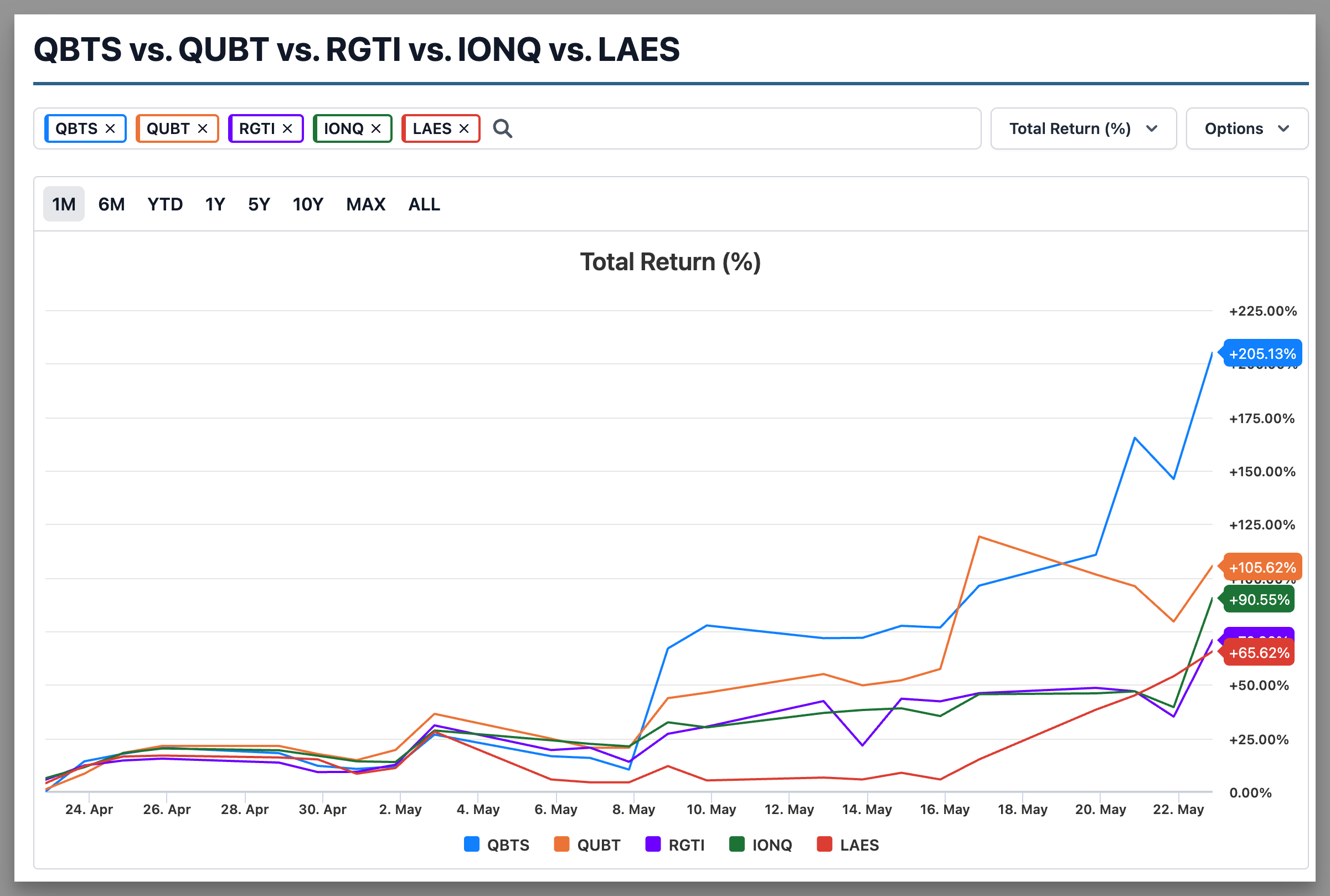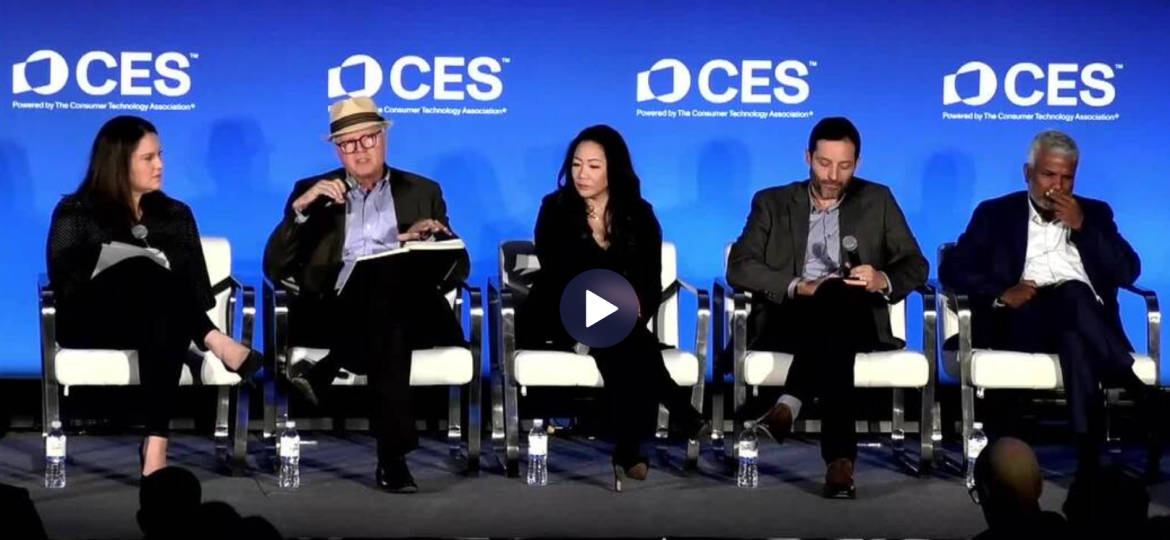The landscape of quantum computing is rapidly undergoing growth and development. Once confined to theoretical physics labs and academic journals, quantum computing is now entering a period of tangible progress and commercial viability. Two companies are helping lead this shift: D-Wave, a pioneer in quantum annealing systems, and NVIDIA, the global computing giant known for accelerating AI and high-performance computing.
In this article, we examine how D-Wave’s latest system release and financial milestones, along with NVIDIA’s calculated investments and research efforts are making significant market tailwinds pushing the quantum computing industry toward broader enterprise adoption and technological integration.
Why are Quantum Stocks on Fire?
Quantum computing stocks are experiencing a sharp rise, fueled by a wave of technological breakthroughs, high-profile corporate involvement, and a clear shift toward commercialization. Leading this momentum is D-Wave, which recently unveiled its sixth-generation quantum computer, the Advantage2 system. Adding fuel to the sector’s momentum, NVIDIA—the global powerhouse in AI and high-performance computing—has made its strategic intentions in quantum computing unmistakably clear. At COMPUTEX 2025, during Jensen Huang’s he emphasized the growing importance of hybrid classical-quantum architectures.
Together, D-Wave’s product and financial milestones and NVIDIA’s ecosystem-level investments are driving a surge of investor confidence across the quantum industry. With more enterprise adoption, stronger cloud-based platforms, and major tech validation, quantum computing is no longer viewed as a distant frontier but as an emerging pillar of the next wave of computing. This growing synergy between quantum and classical technologies is reshaping market dynamics, ushering in a new phase where quantum computing is positioned not just as a scientific curiosity—but as a commercially relevant, strategically vital technology.
It’s in the charts…
D-Wave’s Recent Advancements
Release of Advantage2 Quantum System
D-Wave made headlines with the release of its Advantage2 system, its sixth-generation quantum computer. The system features over 4,400 qubits and improved qubit connectivity, allowing it to handle far more complex optimization problems than its predecessors.
Unlike traditional gate-based quantum computers, D-Wave uses quantum annealing, which is particularly effective for optimization tasks. The Advantage2 system is accessible through D-Wave’s Leap™ quantum cloud platform, enabling enterprises to solve high-value problems in fields such as supply chain logistics, manufacturing, and material science.
Key enhancements in the Advantage2 system include:
- Enhanced Energy Scale and Reduced Noise: Advantage2 delivers a 40% boost in energy scale and a 75% reduction in system noise, significantly improving the precision and quality of solutions for complex quantum problems.
- Improved Quantum Coherence: With a twofold increase in coherence, the system achieves faster and more reliable quantum computations, reducing the time required to reach optimal solutions—an essential advantage for enterprise-level applications.
- Sustained Energy Efficiency: Even with these performance gains, Advantage2 remains remarkably efficient, operating on just 12.5 kilowatts of power—the same as D-Wave’s previous five generations of quantum systems.
- Fast Annealing Capability: This feature enables coherent quantum annealing at scale, minimizing the impact of external disturbances like thermal fluctuations and enhancing the stability of quantum operations.
- Seamless Hybrid Solver Integration: Fully integrated into D-Wave’s Leap™ quantum cloud platform, the system includes advanced hybrid solvers—such as the nonlinear solver—capable of handling optimization problems with up to two million variables and constraints, making it ideal for large-scale, real-world business applications.
This release represents a significant leap in performance and usability, pushing quantum annealing further into the realm of practical applications.
Financial Performance and Market Reaction
D-Wave’s technical breakthroughs were matched by impressive financial results in Q1 2025. The company reported a record $15 million in revenue, reflecting strong year-over-year growth and growing enterprise demand for quantum solutions. The launch of the Advantage2 system acted as a catalyst, driving a 28% surge in D-Wave’s stock price as investors responded to the increasing commercial viability of its offerings.
In further financial achievements, D-Wave posted a record GAAP gross profit of $13.9 million for the quarter—an increase of $12.2 million, or 736%, compared to $1.7 million in Q1 of fiscal 2024. This dramatic gain was primarily driven by a high-margin system sale, highlighting the profitability potential of D-Wave’s enterprise engagements.
Customer adoption also continues to grow. Over the most recent four quarters, D-Wave served 133 customers, up from 128 in the previous period. This includes 69 commercial clients—25 of which are Forbes Global 2000 companies—alongside 52 research institutions and 12 government organizations.
These milestones suggest D-Wave is rapidly evolving from a research-driven pioneer into a commercially focused quantum technology provider, with a growing footprint across enterprise, government, and academic sectors.
NVIDIA’s Strategic Moves in Quantum Computing
In his 2025 keynote address, NVIDIA CEO Jensen Huang emphasized the company’s growing interest in quantum computing, explicitly highlighting the future of hybrid architectures—systems where classical and quantum computing work together to solve complex problems. His mention of quantum computing on such a prominent stage signaled mainstream validation of the field and drew fresh attention to NVIDIA’s accelerating initiatives in the space.
Investment in PsiQuantum
One of NVIDIA’s most notable moves is its reported advanced investment talks with PsiQuantum, a startup pursuing fault-tolerant, photonic-based quantum computers. PsiQuantum’s approach—leveraging photons rather than superconducting qubits—aims to deliver large-scale, error-corrected quantum systems, a long-term vision that contrasts with D-Wave’s commercially available quantum annealers.
This potential investment would mark a strategic stake in scalable quantum infrastructure and aligns with NVIDIA’s broader goal of enabling future-ready computing technologies.
Establishment of Quantum Research Initiatives
NVIDIA has also launched the NVIDIA Accelerated Quantum Research Center (NVAQC) in Boston, in partnership with Harvard and MIT. This initiative is designed to explore the intersection of classical and quantum computing, supporting breakthroughs in hybrid computing models and real-world applications.
By embedding itself in academic research ecosystems, NVIDIA is laying the groundwork for integrated computing environments where quantum processors augment classical systems in enterprise and scientific workloads.
Development of Quantum Software Tools
Beyond hardware and research partnerships, NVIDIA is empowering developers with tools for quantum algorithm design and simulation. The release of CUDA-Q and the cuQuantum SDK allows developers to simulate quantum circuits on NVIDIA GPUs, making it easier for organizations to build and test quantum applications using today’s classical infrastructure.
These software platforms serve as an essential bridge, helping developers prepare for a quantum-enhanced future even before quantum hardware becomes mainstream.
Together, these investments and tools signal NVIDIA’s deep commitment to shaping the future of quantum computing, not only as a hardware investor but as an ecosystem enabler.
Synergistic Impact on the Quantum Computing Industry
Market Dynamics
D-Wave’s technological leaps and NVIDIA’s strategic bets are creating a positive feedback loop in the quantum industry. As D-Wave proves that quantum systems can deliver real-world value today, investor confidence rises, drawing more capital and talent into the field. Meanwhile, NVIDIA’s efforts are expanding the capabilities of hybrid computing and enhancing accessibility for quantum developers.
This convergence of performance and ecosystem support is accelerating the overall momentum of the industry.
Collaborative Potential
There’s significant potential for synergies between hardware innovators like D-Wave and platform developers like NVIDIA. As D-Wave builds out annealing-based quantum processors and NVIDIA develops the classical-quantum bridge via software and infrastructure, the two companies could play complementary roles in building scalable, hybrid computing systems.
These collaborations could help overcome one of quantum computing’s biggest challenges: integration with existing enterprise systems.
Conclusion
The quantum computing industry is evolving rapidly, thanks in no small part to the technical and financial progress of D-Wave and the ecosystem investments from NVIDIA. The release of D-Wave’s Advantage2 and its record-breaking revenue show that quantum computing is delivering value today, not in some distant future.
Simultaneously, NVIDIA’s investment in startups, academic collaborations, and software innovations is laying the groundwork for long-term quantum-classical integration.
As we move through 2025, the stage is set for continued growth, deeper adoption, and a redefinition of how we solve the world’s most complex computational problems.













